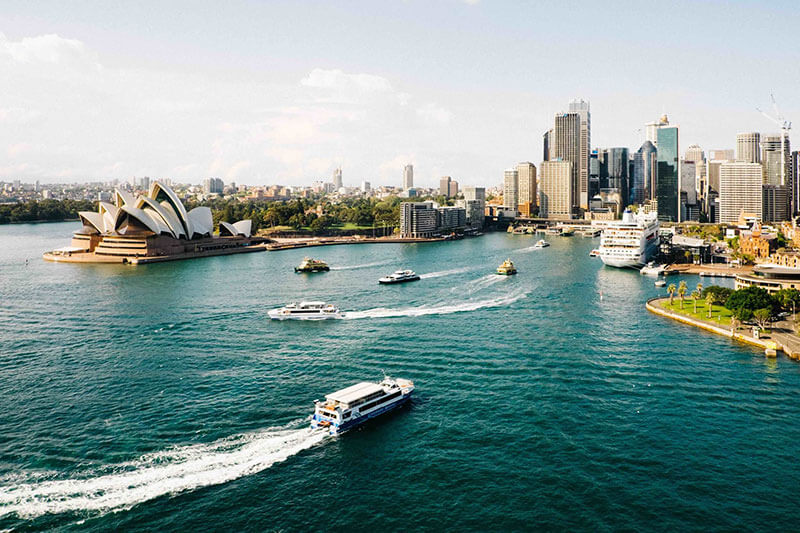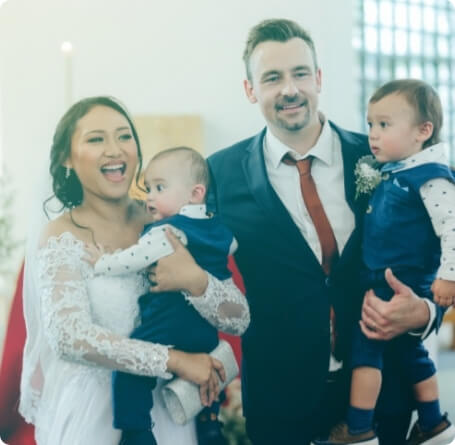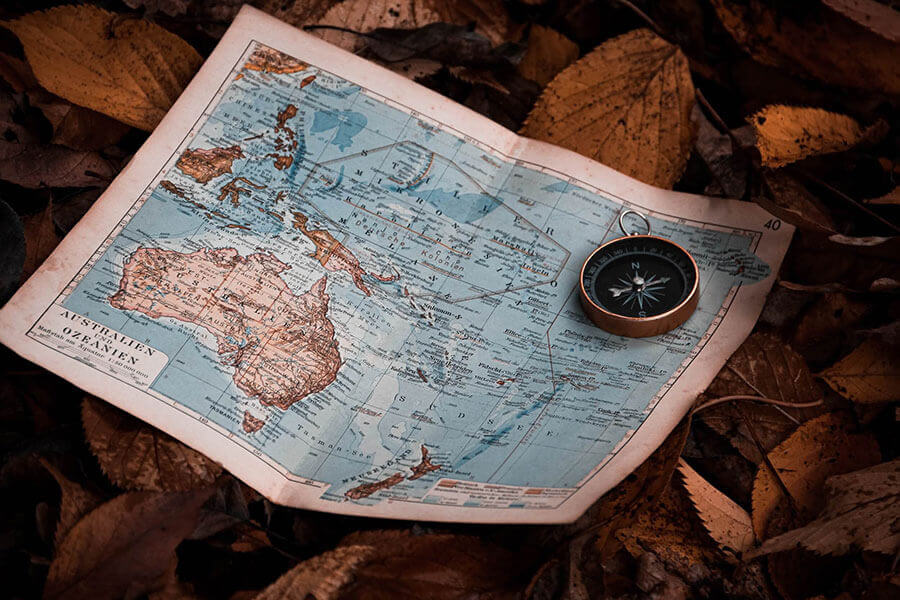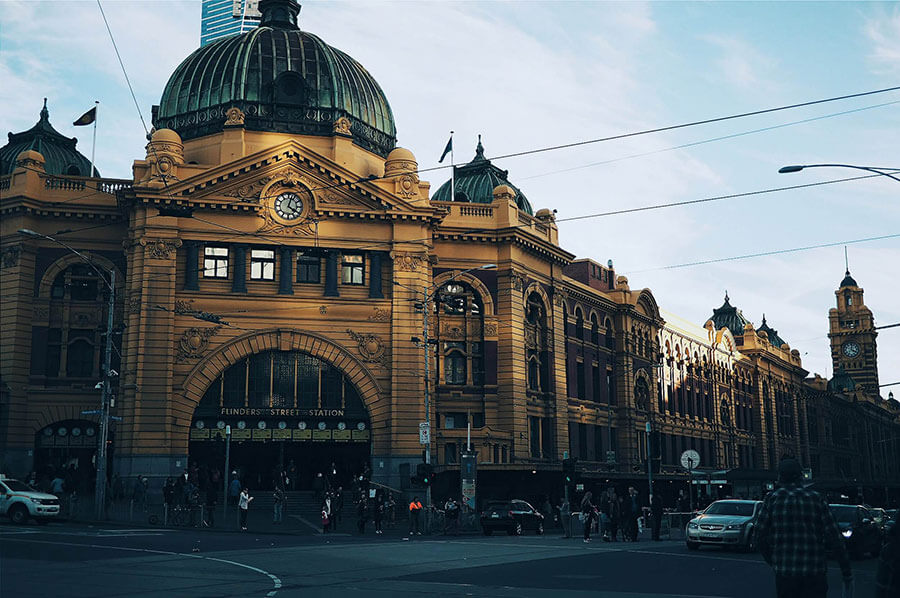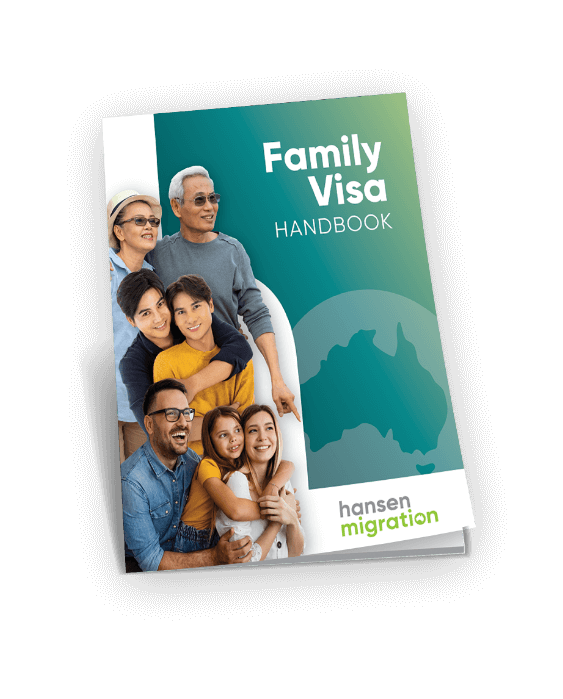1. Know your visa eligibility and responsibilities
Depending on what type of visa you plan to come to Australia on will determine the visa requirements you need to fulfil. In Australia, the government is very strict on ensuring that visa applicants meet the specified requirements. It’s a good idea to become familiar with these requirements as you don’t want to jeopardise having your visa application refused. Some of the most common family visas are listed below:
If you haven’t already applied for a visa and are looking to do so, feel free to utilise our online assessment tool and book a free consultation. This will help you to understand your eligibility and requirements of certain visas.
2. Use a trusted migration agent
When it comes to finding a migration agent to work with, it’s of paramount importance that they’re trusted and ethical. In Australia, it’s a requirement of all migration agents to be registered with the Migration Agents Registration Authority (MARA). By using a Registered Migration Agent, you can rest assured knowing that the advice and knowledge provided to you by that agent will be in accordance with current laws and procedures.
At Hansen Migration, our migration agents are officially registered and have the skills, training and knowledge to provide our clients with accurate, up-to-date information regarding their visa and migration process.
3. Arrive with the right documents
Let’s assume that you’ve got your visa organised and it’s getting closer to jumping on that plane – have you got all your necessary documents ready for the long flight?
When we mention necessary documents, we’re generally referring to all the documents asked of by your visa requirements AND the following:
– Passport (current and with at least one-year validity)
– Driver’s licence
– Birth/marriage certificates
– Doctor or dentist files
– Medication prescriptions
– Digital version of your resume
– Copies of university transcripts (if planning on studying)
– Rental history documentation
– Colour passport photos
4. Familiarise yourself with the local slang
Whether or not English is your first language, arriving prepared for common Aussie slang is something you’ll never regret doing. In Australia, we tend to do things little different – it may be shortening a word like ‘afternoon’ and making ‘arvo’, joining two words together such as saying ‘good day’ as “g’day”or adding a ‘y’ at the end of most first names like, ‘Matty, Tommy, Becky…’.
If this is new to you, then there’s definitely a lot you’ll need to catch up on before migrating to Australia. Feel free to watch the following YouTube video to help get a head start – you’ll have a ripper of a time!
5. Research accommodation options
Knowing where to stay can be a little overwhelming, especially if you’re migrating to some of the larger cities such as Sydney, Melbourne or Brisbane. In order to get some assistance with this, we generally recommend speaking with some friends or family that are already here or even your migration agent. If you’d like additional information, then you can always look at RealEstate.com.au to get an idea of the types of places you can rent (and maybe even one day purchase).
When finding somewhere to stay, it’s always best to have rental history documentation (if you have it) as this will help your rental property application.
6. Organise a sim card
Australia has many telco providers and more often than not, it can be confusing to know which company to choose. Generally speaking though, there are three main options: Telstra, Vodafone and Optus. Of the three, Telstra is the most expensive with the most coverage (great if you’re going to mainly be in rural areas), whilst Vodafone and Optus generally have comparable prices and coverage.
Purchasing a sim card can be done online (for some companies), at local convenience stores, grocery stores, pop-up booths in the airport and also from the actual telco stores. When it comes to finally organising a sim card in Australia, it’s a very straight forward process and should take no more than 5-10 minutes, provided you’ve got all the necessary documentation:
– Proof of identity (driver’s licence, passport)
– An Australian address (hostel, hotel or rental property is fine)
– Payment method (if going on a contract, you’ll need to provide a copy of your visa)
7. Apply for a Tax File Number
If you’re planning on working in Australia, you’ll need to organise a tax file number (TFN). Applying for a TFN is a very straightforward process and doesn’t take more than 5-10 minutes (plus it’s completely online). Just follow the link above and be sure to have all your personal information details on hand.
Your TFN is essentially your personal reference number in the Australian tax system. This number will stay with you and be given to all future employers as to keep track of your tax-paying obligations to the government.
8. Open a bank account
Just like purchasing a sim card, Australia has many banks to choose from. It’s always best to compare them to see which is best for you. One great thing about some of our banks is that you can open an account up to one year prior to arriving. This means you can make transfers to this bank account and have it activated before even landing!
One of the banks which offers this service is the National Australia Bank (NAB). To apply for an account with them, you’ll simply need to supply a copy of your visa, contact and passport details as well as provide the bank with the date you’ll be arriving and city you’ll be living in.
If you’ve already prepared for the above and are ready to migrate to Australia, we’d like to give you a big warm welcome! For those of you just starting out, at Hansen Migration, we specialise in Partner Visas, Prospective Marriage Visas, New Zealand Family Relationship Visas, Parent Visas and Child Visas. If you’re unsure where to start, you can book a free consultation with a Migration Agent by clicking here.
